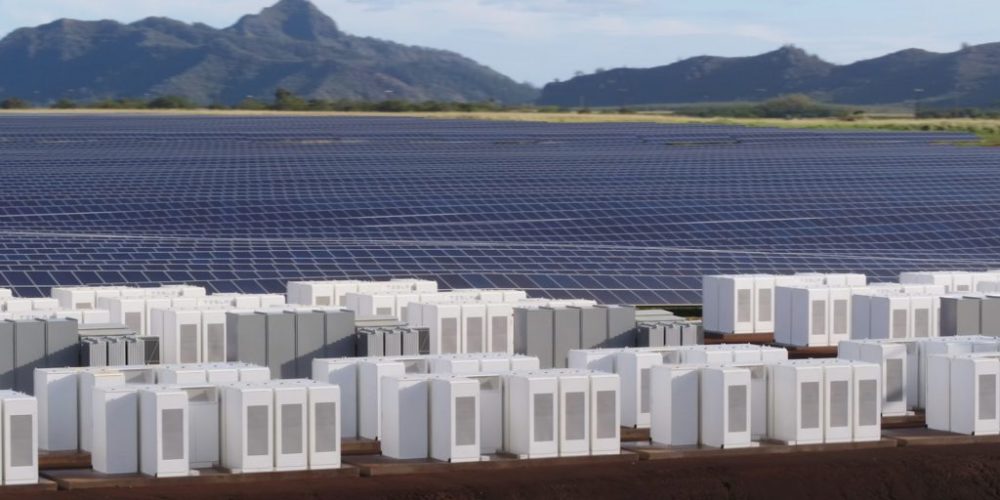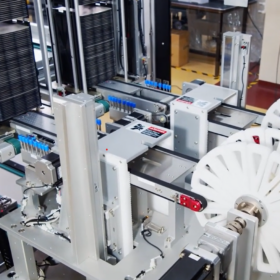India is witnessing a dynamic shift in its renewable energy narrative, where standalone solar is gradually giving way to more advanced solar-plus-storage models. The government’s recent INR 5,400 crore allocation for developing 30 GWh of battery energy storage systems (BESS) underscores this momentum.
With solar + BESS emerging as the go-to solution for consistent, green, and economically viable power, the energy landscape is being reshaped. From industrial clusters to corporate campuses, the appetite for storage-backed solar installations is growing rapidly. This transition is not just about increasing capacity but about building resilience into the country’s power supply.
Corporate India backs the solar + BESS revolution
Ground-mounted solar parks integrated with battery storage are fast becoming the preferred energy solution for forward-looking Indian enterprises. Businesses are no longer content with generating solar power only during daylight hours. By investing in solar + BESS systems, they gain the ability to store excess energy and deploy it when grid prices peak in the evening. This combination ensures energy reliability, reduces costs, and offers independence from unpredictable grid supply.
Large organisations are leveraging this model to support their sustainability goals while maintaining operational continuity, especially in sectors where any power disruption translates to financial loss.
Why ground-mount solar with battery storage makes sense
The growing adoption of solar + BESS can be attributed to its strong value proposition. One of the most compelling advantages is its ability to provide seamless energy even during outages or grid fluctuations. Stored solar energy can be dispatched during high-demand hours, helping companies avoid steep electricity tariffs. Over time, this contributes to measurable cost savings and improves the return on investment for solar infrastructure.
These installations also play a critical role in reducing carbon emissions and aligning with ESG frameworks, which are becoming increasingly relevant for businesses targeting global markets or impact-driven investors.
Understanding the complexity behind integration
While the benefits of integrating ground-mounted solar with battery storage are substantial, the process involves careful planning and technological coordination. From determining the correct sizing based on load profiles to choosing the right battery chemistry, every aspect affects the overall system performance. The deployment must also consider the digital infrastructure required for energy management, including software that can smartly control the charging and discharging cycles. Moreover, navigating regulatory approvals and grid compliance adds layers of complexity.
These challenges, however, are gradually being addressed with evolving policies, market maturity, and the emergence of turnkey service providers that offer bundled solutions.
The adaptation journey for traditional solar developers
For traditional or “plain vanilla” solar developers—those who have focused solely on photovoltaic (PV) generation—the rise of solar + BESS presents both a challenge and an opportunity. Many of these developers are now realising that solar projects without storage may soon be considered incomplete or outdated in markets where reliability and cost optimisation are key. As a result, they are pivoting their business models to include battery storage, either by partnering with technology providers, hiring new talent, or acquiring companies with expertise in storage systems.
This shift is not without its hurdles, especially in terms of financing, technical know-how, and long-term operations. But for those willing to evolve, it opens doors to more sophisticated, higher-value projects.
The future is integrated, intelligent, and green
The Conference of Parties (COP29) Global Energy Storage and Grids Pledge underscores the importance of integrating energy storage technologies in climate policy. The pledge calls on Parties to increase installed energy storage capacity to 1,500 GW by 2030, six times the 2022 level.
The transition to solar + battery storage is no longer just an industry trend—it’s fast becoming a benchmark for modern energy infrastructure. With the government backing large-scale storage deployment and corporations demanding reliable, sustainable power solutions, this hybrid model is set to define the next phase of India’s renewable journey. As battery costs continue to fall and digital technologies advance, the solar + BESS solution will become more accessible, scalable, and financially attractive.
For energy developers, the message is clear: adapt to the storage era or risk being outpaced. The future belongs to integrated systems that offer not just power, but smart, uninterrupted, and sustainable energy.
The views and opinions expressed in this article are the author’s own, and do not necessarily reflect those held by pv magazine.
This content is protected by copyright and may not be reused. If you want to cooperate with us and would like to reuse some of our content, please contact: editors@pv-magazine.com.








1 comment
By submitting this form you agree to pv magazine using your data for the purposes of publishing your comment.
Your personal data will only be disclosed or otherwise transmitted to third parties for the purposes of spam filtering or if this is necessary for technical maintenance of the website. Any other transfer to third parties will not take place unless this is justified on the basis of applicable data protection regulations or if pv magazine is legally obliged to do so.
You may revoke this consent at any time with effect for the future, in which case your personal data will be deleted immediately. Otherwise, your data will be deleted if pv magazine has processed your request or the purpose of data storage is fulfilled.
Further information on data privacy can be found in our Data Protection Policy.